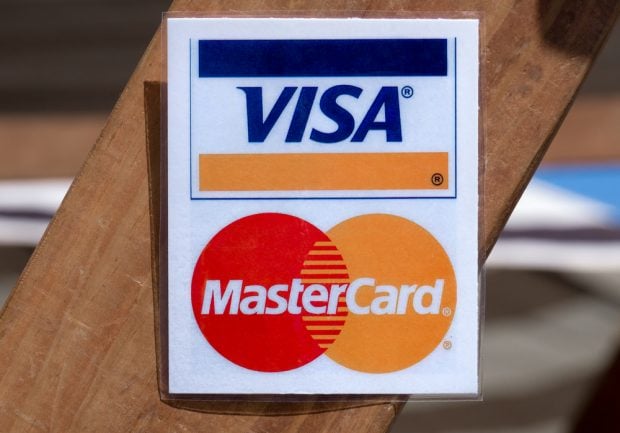 A new survey of debit issuers representing about 45%of U.S. debit traffic suggests the debit industry is living on lessinterchange but is also experiencing less fraud.
A new survey of debit issuers representing about 45%of U.S. debit traffic suggests the debit industry is living on lessinterchange but is also experiencing less fraud.
The 2013 debit issuer study is the eighth one from PULSE, theATM and debit network made up of large banks, community banks andcredit unions that is owned by Discover. PULSE workedwith noted financial consultancy Oliver Wyman to conduct thestudy.
|The survey is the largest and most comprehensive privateindustry studies of the debit industry conducted after the FederalReserve put into place regulations implementing the Durbinamendment.
|The amendment to the Dodd-Frank Act capped debit interchange forissuers with over $10 billion in assets and was intended to notaffect the debit interchange income of smaller issuers.
|The study's most controversial finding suggested that allissuers, whether large or small asset, have taken hits to theirdebit interchange from the Durbin Amendment's regulations.
|As anticipated and reported in other surveys, large assetissuers took the biggest hit, seeing the interchange they earn ontransactions that cardholders validate with their signatures movefrom 52 cents per transaction to 23 cents pertransaction. On transactions which cardholders validatewith PINs, large issuer interchange moved from 32 cents to 23cents.
|The survey found that small asset issuers also took a hit totheir interchange, with small asset issuers seeing their signaturedebit interchange move from 47 cents to 45 cents and their PINdebit interchange move from 33 cents to 31 cents.
|One in three small asset issues also responded that theyexpected to see further debit interchange declines in 2013.
|PULSE said that 64 of its approximately 6,100 participatingfinancial institutions took part in the survey and that theseincluded large banks, credit unions and community banks and that 26of the 64 were institutions of over $10 billion in assets.
|The study found that all issuers had adopted similar strategies,to different degrees, to address their interchange losses.
|The most popular strategies for all issuers were to cut costs intheir programs, aim to lower fraud losses and changing theirproduct structure by broadening the pool of depositors who receiveddebit cards and increasing activation and use. Significantly, the fourth popular strategy was to cut rewardsprograms on debit cards, a tactic that 58% of large issuers and 21%of small issuers surveyed reported doing.
|The combinations of tactics appeared to have worked since allissuers reported higher debit card income than the previous year,even though they all reported seeing lower debit interchangerates.
|All the issuers cited similar reasons for the strongperformance, including seeing debit card penetration into theirdepositor base move from 76% to 77%, card activation move from 66%to 68% and the number of transactions per card per account movefrom 18.3 in 2011 to 19.4 in 2012. Taken together,issuers reported seeing the money spent on their debit card, percard account, move from $8,326 in 2011 to $8,753 in 2012.
|“Even in the face of significant regulatory challenges, issuersmanaged to grow their debit volumes in 2012 and expect furthergrowth this year,” said Steve Sievert, executive vice president ofmarketing and communications for PULSE.
Complete your profile to continue reading and get FREE access to CUTimes.com, part of your ALM digital membership.
Your access to unlimited CUTimes.com content isn’t changing.
Once you are an ALM digital member, you’ll receive:
- Critical CUTimes.com information including comprehensive product and service provider listings via the Marketplace Directory, CU Careers, resources from industry leaders, webcasts, and breaking news, analysis and more with our informative Newsletters.
- Exclusive discounts on ALM and CU Times events.
- Access to other award-winning ALM websites including Law.com and GlobeSt.com.
Already have an account? Sign In
© 2024 ALM Global, LLC, All Rights Reserved. Request academic re-use from www.copyright.com. All other uses, submit a request to [email protected]. For more information visit Asset & Logo Licensing.









